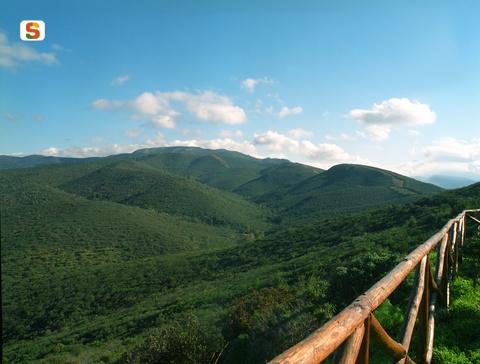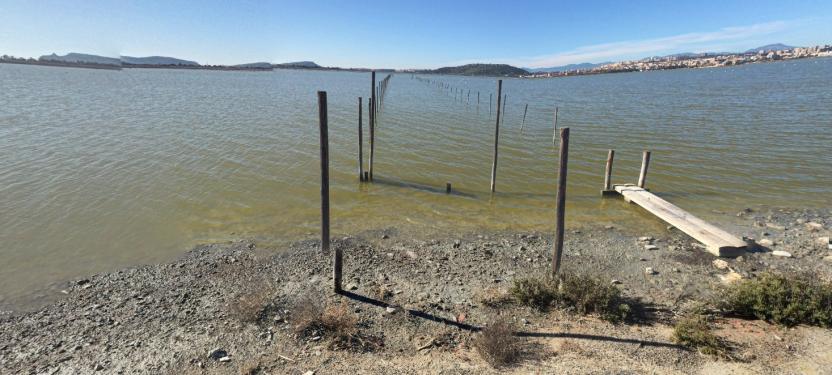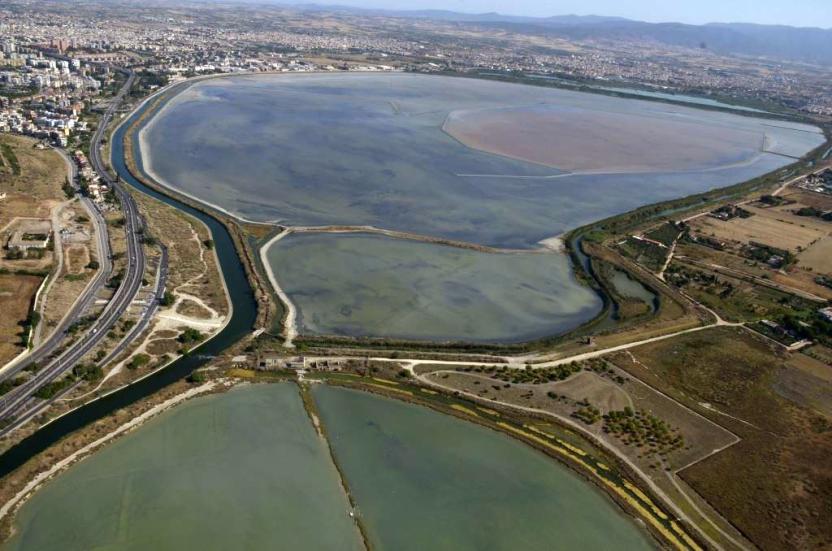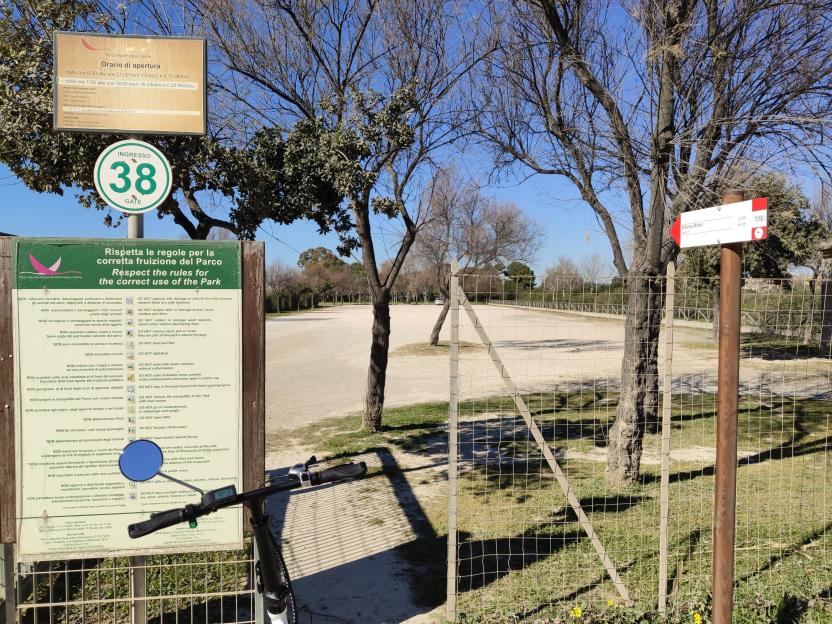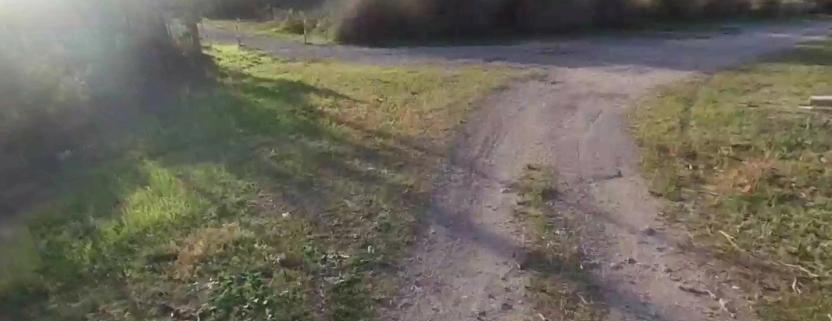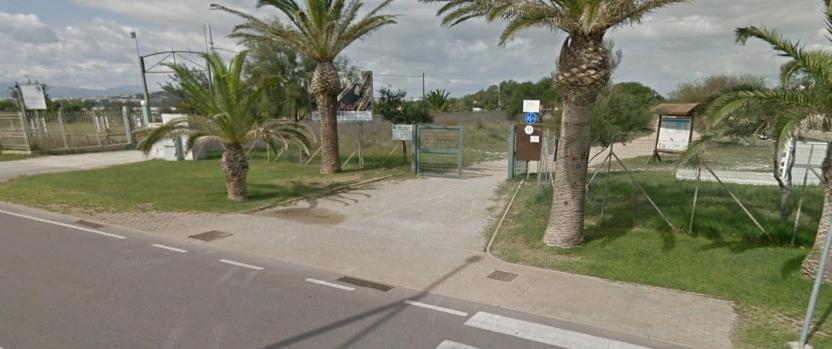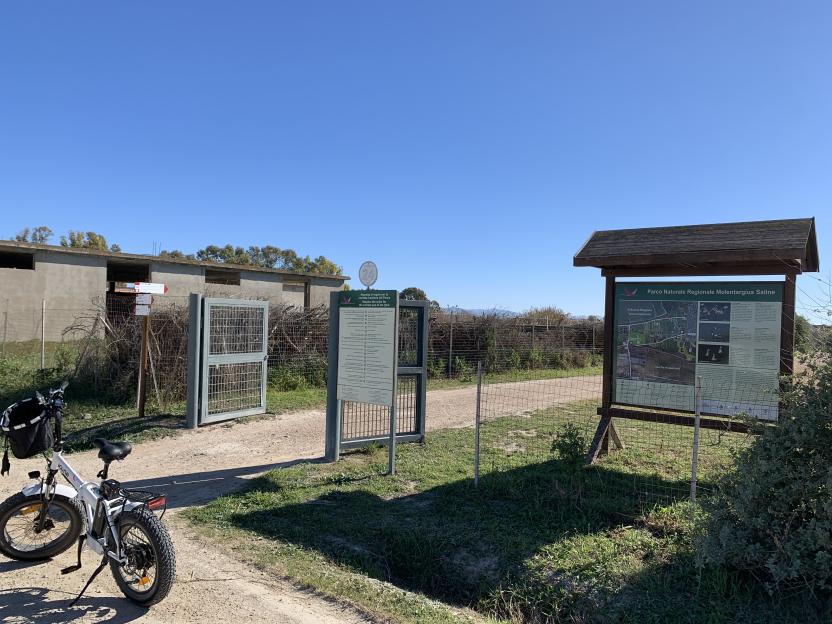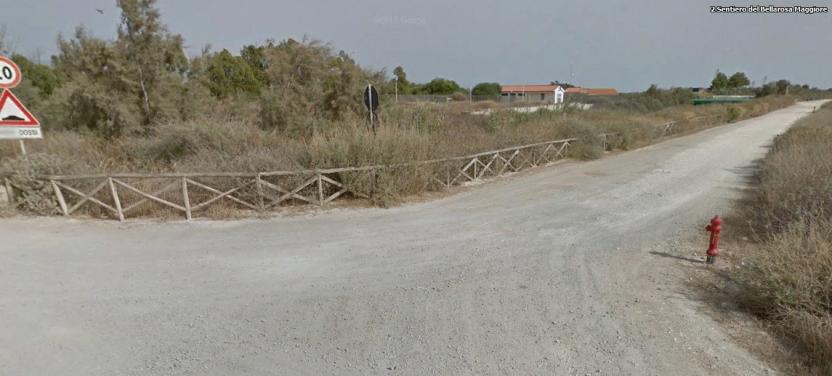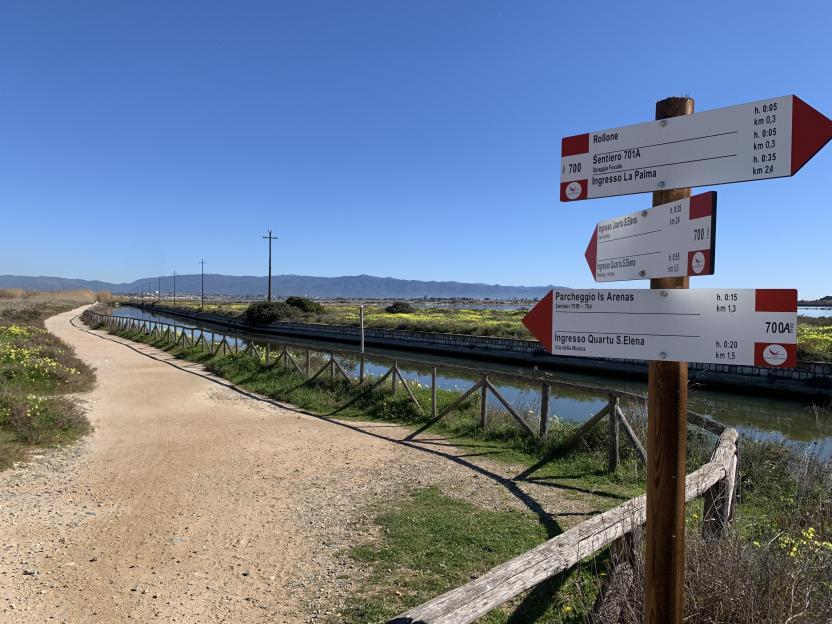Approximately 10 km outside Cagliari is the Campidano State-owned Forest. It consists of a single large forest covering approximately 1600 hectares, of which 489 fall within the area called Santu Barzolu owned by the municipality of Sinnai and managed by the Forestry Authority. The forest complex borders to the south with the town of Sinnai and Settimo S. Pietro, to the west with Soleminis while to the north-west is the municipality of Dolianova.
The historical body of the state-owned forest was acquired by the forestry administration around 1900 in order to start reforestation work which then continued over the following decades. Of particular interest is the mature pine forest of Aleppo pine at Sa Pira. At Is Landireddus there is also an area planted with cork oak in 1906.
Passing through Sinnai, from the access located south of the forest, at Sa Pira, you come to Bruncu Mogumu, a panoramic hill which is home to an archaeological site of considerable interest. Nearby you can still see the remains of a building destroyed by a fire in 1997, which devastated a vast area of the forest.
The access from Soleminis, north of the forest, leads to Mount Arrubiu where you can find a plant nursery and the former forestry barracks, renovated and now used for environmental education activities (C.E.E.A.). There is also an abandoned silver mine.
The body of Santu Barzolu, identified as a Site of Community Interest, joins the state-owned forest in the area of Bruncu Cirronis and Cuccuru sa Cruxitta and extends to the east to include the water catchment area of the Rio Santu Barzolu in the area of the reservoir that supplies the aqueduct.

